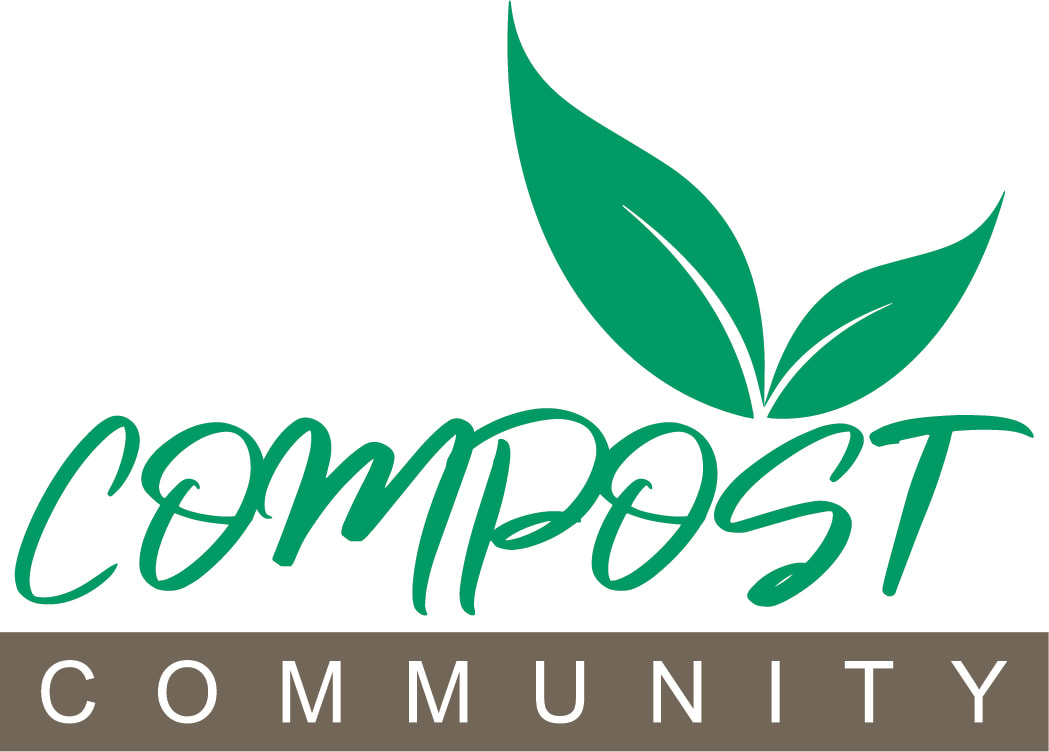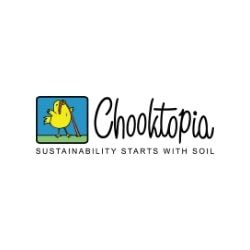|
By Emily Tully Want to turn your compost into rich organic matter for the garden, quick smart? Get air in there! Aerating your compost will help to create the ideal conditions for rapid breakdown of your organic waste. Healthy compost is full of millions of insects and aerobic bacteria that break down the organic matter. Like us, compost critters need air to breathe. Compost that is aerated will produce rich compost five times faster than organic waste that’s left to decompose on its own. The most crucial reason to encourage air into your compost is that without it, ‘bad’ bacteria will take over and your compost system will rot. Rotting compost not only smells, but creates methane gas, which is 21 times more potent a greenhouse gas than carbon dioxide. There are a number of ways to add air to your compost. You can dig into and turn your compost with a garden fork or shovel. Pipes with holes along their length can bring air into the lower levels of your compost. Tunnelling holes into your compost will also help to bring in air. A compost aerator is a quick, easy and effective tool to use. Insert it into your compost and twist in several places to break down and bring air to your compost. An aerator can also bring rich compost from the bottom of your bin to the top, ready for use in your garden. For your compost to thrive it needs ADAM; Aliveness, Diversity, Air, and Moisture.
Explore Compost Maintenance page to find out more about the other letters in the ADAM principle.
2 Comments
A common question I get asked is "why is my bokashi bin not producing liquid?" The answer is simple. The juice will really depend on how wet the ingredients are. If you are putting in things with a high moisture content, like watermelon, tea pot washings, fruit, then a lot of liquid will break down from it. If you are putting in drier things like rice, meat offcuts, carrots etc, then they have much lower moisture content. You can compact all the ingredients down with something like a potato masher to squeeze out any liquid, and I highly recommend rinsing your tea leaves/coffee grinds into it to run it a bit wetter if you want to get some liquid probiotic to then water down and use on the garden. Here's a great little clip on decanting and diluting your liquid once you make enough. Sustainability boredom bustersDuring these uncertain times, many of us are juggling working from home with kids needing stimulation. We are in the process of putting together some activities and resources sto keep the little ones (and not so little ones) entertained, I have put together some resources from other organisations that I found excellent! Cool mob Australia has developed some fabulous resources for younger kids. Click on the images below to go to the respective activities.
The City of Casey is hosting its 2019 Green Living in Casey Expo at Bunjil Place Narre Warren this Saturday 16 November. Free entry and family-friendly, the event will be packed with inspiring ways to be a little more sustainable. With Christmas right around the corner, get your green gifts sorted while the kids enjoy free face painting, a recycling truck, the Connies, animal encounters and a roving bubble performer. There’ll be free workshops, eco-friendly market stalls and the opportunity to mix your own smoothie with pedal-power! You won't go hungry either, with the Sikh community serving up delicious curries for a gold coin donation. Last but not least, you can see the brand new Worm Castle 2.0 and get composting advice from the friendly Compost Community team. Remember to grab your rebate information to order a compost system at a fraction of the retail cost. For more information visit the Green Living Festival page on the City of Casey website and RSVP to the facebook event.
This great little video from Moreland City Council tells you about Council's recycling service.
I get it.
Building a raised garden bed can be a bit of a hassle. You need crazy amounts of soil, compost, manure, straw, newspaper and any other organic deliciousness that takes your fancy. But what if you don't have enough? What can you fill it with that's free, won't break down (much), light weight, and considered "safe" enough to be used in the food industry? This horrible stuff:
At least, that's what tv garden shows, blogs, and so called gurus would have you do.
It concerns me that one of the most common questions I get is “Can I put bones or egg shells in my soil, as they take so long to break down?” Yet no one ever questions polystyrene, and gardening shows promote it! Why?
But before I show you the obvious eco alternative, let's dig a little deeper.
What we know about expanded polystyrene (EPS)...
Let’s dig a little deeper…
There are two ways that polystyrene degrades: photodegradation and leaching. Photodegradation occurs when polystyrene is exposed to sunlight for an extended period of time. Polystyrene starts to break apart into smaller, powdery pieces, becoming a micro plastic. Micro plastics act as a magnet for other pollutants such as heavy metals, and once in the form of a micro plastic, are near impossible to remove from the environment. Do you really want to grow your vegetables in this? Leaching occurs when the plastic becomes exposed to a certain amount of heat – such as that of a compost system. Under these conditions, tiny amounts of styrene can seep out of the plastic and contaminate the surrounding soil and water. Meanwhile in Australia...
Instead of polluting our soil with polystyrene, why not use a natural product that is also lightweight, buoyant, water repellent, naturally fire retardant, and at the same time low emissions, non toxic, and organic?
So the million dollar question...
Where do you get enough corks to bolster up soil volume?
With no cork recycling programs currently in Australia, the best option is to partner with a local Community Garden or community group and start up a collection. Chooktopia has been stockpiling corks for a couple of years now to trial uses including soil additives, concrete aggregate, gabion walls, retaining wall drainage substrate, insulation and more. Chooktopia is happy to share any excess. Remember: polystyrene may break up, but it will never break down. It has no place in the natural environment.
References
Bandyopadhyay, Abhijit; Chandra Basak, G. (2007). "Studies on photocatalytic degradation of polystyrene". Materials Science and Technology. 23 (3): 307–317. doi:10.1179/174328407X158640. Berkeley Barring Use Of a Food Container. The New York Times. Associated Press. 24 September 1987. Berkeley Widens Ban on Foam Food Containers. The Los Angeles Times. 16 June 1988. Global Warming Potentials of ODS Substitutes. EPA.gov Hofer, Tobias N. (2008). Marine pollution: new research. New York: Nova Science Publishers. p. 59. ISBN 1-60456-242-0. Kim Robson, Why Styrofoam Is So Bad for the Environment, February 27, 2018 https://green-mom.com/styrofoam-bad-environment/#.WyNrJ9UzbX4 accessed 15 June 2018 Max Roman Dilthey, sciencing.com National Human Adipose Tissue Survey 1986 National Toxicology Program (10 June 2011). "12th Report on Carcinogens". National Toxicology Program. Polystyrene & Health, Energy Justice Network. Retrieved 9 December 2013. Polystyrene Foam Report Archived 25 March 2013 at the Wayback Machine.. Earth Resource Foundation. Sakamato H, Matsuzawa A, Itoh R, Tohyama Y (2000). "Quantitative Analysis of Styrene Dimer and Trimers Migrated from Disposable Lunch Boxes". J Food Hyg Soc Japan. 41 (3): 200–205. doi:10.3358/shokueishi.41.200. Why You Should Never Use Styrofoam Again goinggreenservices.com/Articles.asp?ID=260 retrieved 15 June 2018 Worms are instinctive creatures, and they don't lose that instinct once they are in a worm farm.
In nature, their instinct helps them survive, but in a worm farm, that same instinct can get them into a lot of trouble! Why worms head down into the drip tray:
Worms aren't particularly good swimmers with their lack of limbs and life jackets. When they get down into the drip tray it can spell disaster. It is best to leave the tap open so that the underground lake is more of a puddle, giving your worms the best chance of survival. In summer you may even need to do rescue missions to get the worms out of the drip tray and back up into the farm. In particularly hot weather, freeze some of your food scraps before putting them in the worm farm. The worms will then move towards or away from the frozen scraps to regulate their temperature. |
|||||||||||||
|
(c) Chooktopia 2024 Compost Community is a program by Chooktopia (Ninti Earth Pty Ltd) in partnership with local councils. Phone 03 97766559 or 0418 879 667 10am-5pm Mon-Fri; SMS other times 1195 Westernport Hwy Langwarrin 3910 by appointment only. Terms of use and Privacy Policy
|


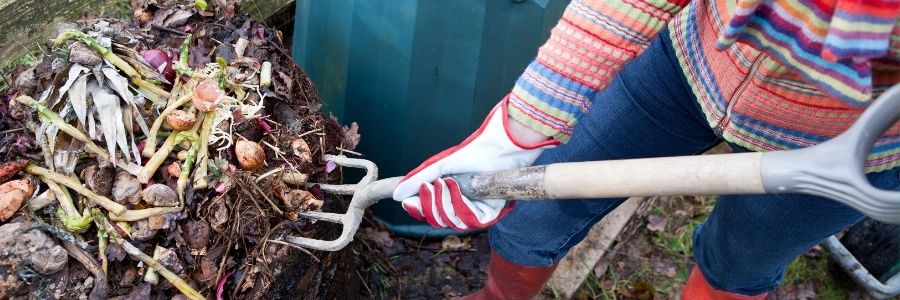
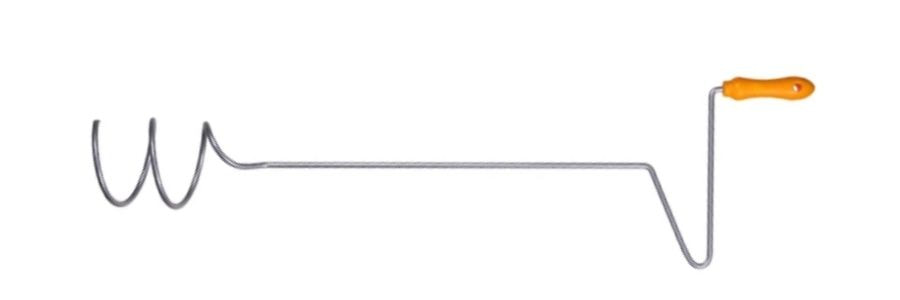
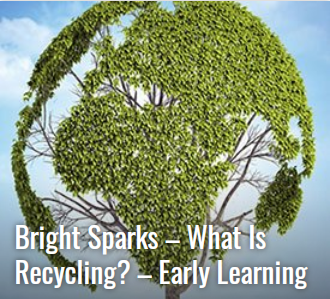
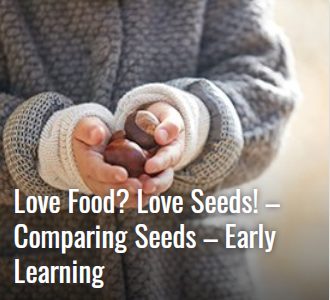
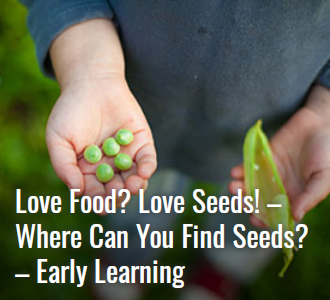
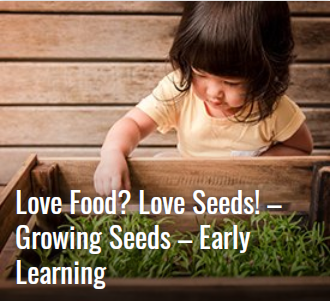
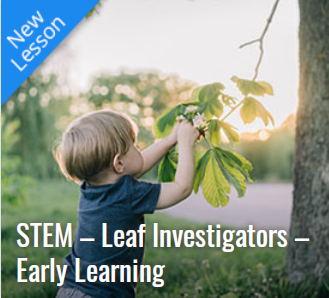
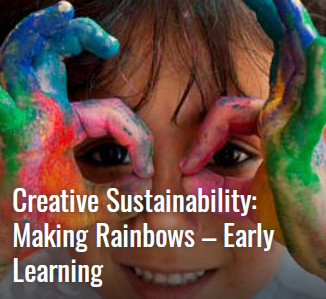





 RSS Feed
RSS Feed

